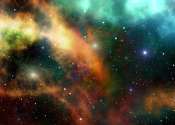Artificial intelligence tool developed to predict the structure of the universe
Advancements in telescopes have enabled researchers to study the universe with greater detail, and to establish a standard cosmological model that explains various observational facts simultaneously. But there are many things ...









